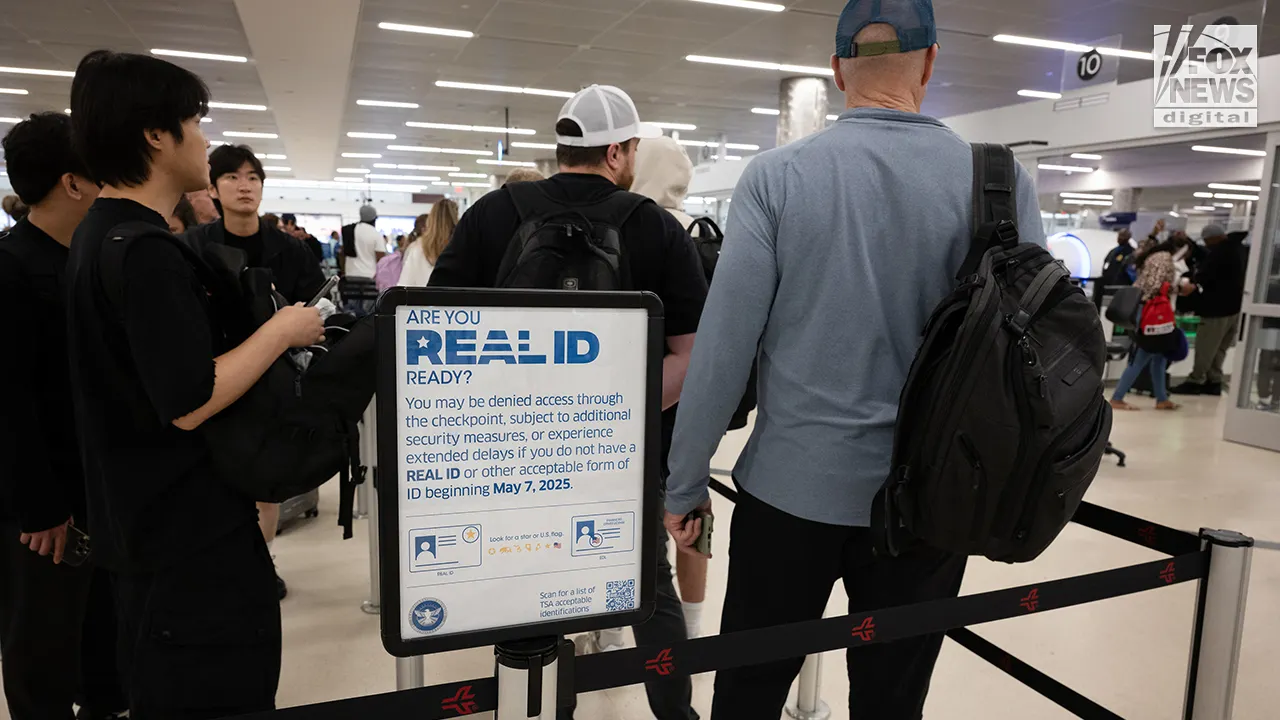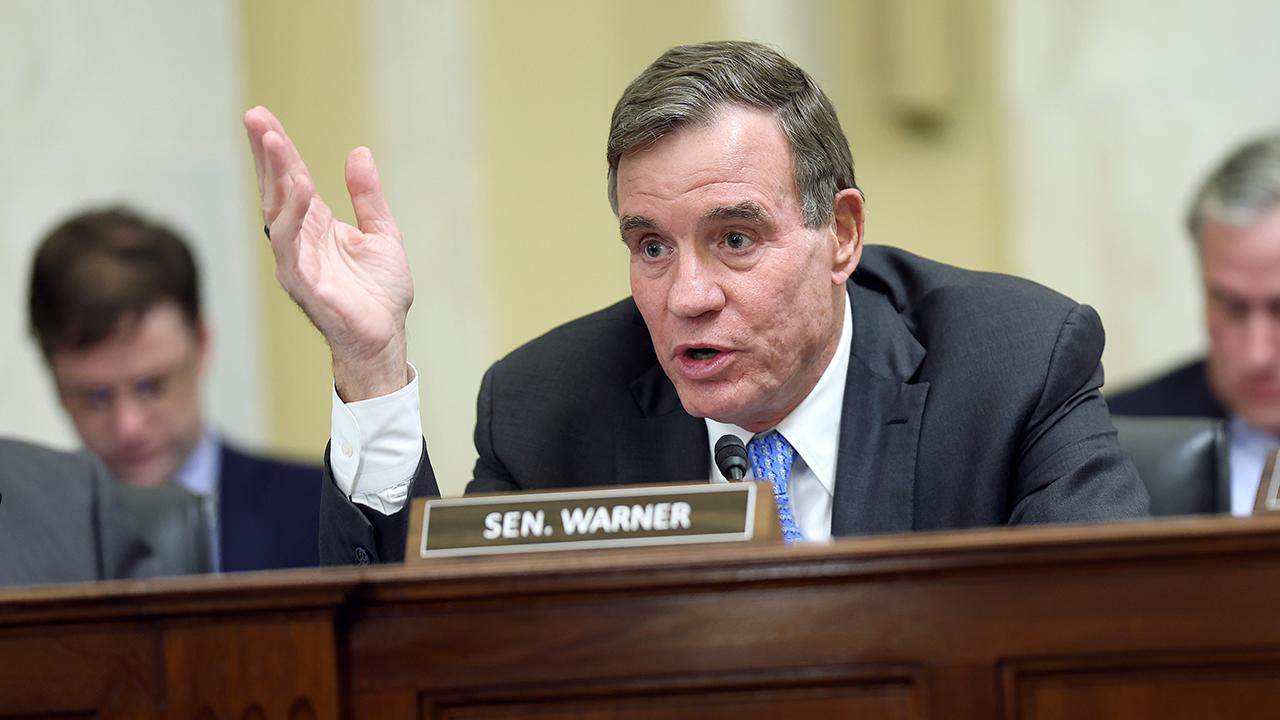Lines moved ‘efficiently,’ operations went ‘smooth’ during REAL ID rollout

On the first day of the new REAL ID requirement, airports across the country reported smooth operations with no major disruptions, according to security officials. Despite initial fears of chaos and long lines, passengers found the process to be relatively easy.
TSA spokesperson Lorie Dankers had previously warned that about 20% of the public still lacked REAL ID compliance, suggesting that travelers may need to arrive early to avoid delays. Travel industry analyst Henry Harteveldt expressed concerns about potential confusion and long lines, while Philadelphia International Airport recommended arriving two-and-a-half hours early for domestic flights.
However, reports from various airports indicated that the anticipated delays did not materialize. Passengers arriving at South Carolina’s Greeneville-Spartanburg Airport described the experience as a “walk in the park,” with no long lines in sight. Nashville International Airport reported efficient TSA lines, while Baltimore-Washington International Airport confirmed smooth operations.
Despite the lack of disruptions, some passengers without compliant identification were given notices warning of potential delays in the future if they did not have a REAL ID. Additional screening measures were in place to accommodate travelers without the necessary documentation.
The REAL ID requirement, which has been in the works for two decades, aims to enhance security by providing more accurate identification for travelers. Originally prompted by concerns about false identification following the 9/11 attacks, the law has faced several delays over the years before finally being implemented.
Homeland Security Secretary Kristi Noem emphasized the importance of REAL ID in bolstering security for federal transportation systems and airlines. In a video statement from Washington-Reagan International Airport, she thanked travelers for their cooperation and reiterated the government’s commitment to enhancing national security.
Overall, the rollout of the REAL ID requirement was met with minimal disruptions and efficient operations at airports nationwide. Passengers were able to navigate security checkpoints smoothly, with increased awareness and preparation for the new regulations contributing to a successful transition.




